
Well, it is true. They are not animals, but it is true that some of the most elegant plants in the world, orchids, have evolved to look a lot like some of them. Most are native to tropical rainforests, where plants have to work hard if they want to be pollinated so they can continue propagating his species.
Let's get to know some of them.
Ape-faced orchid
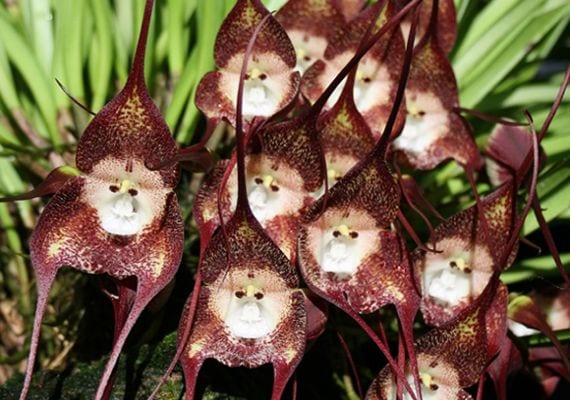
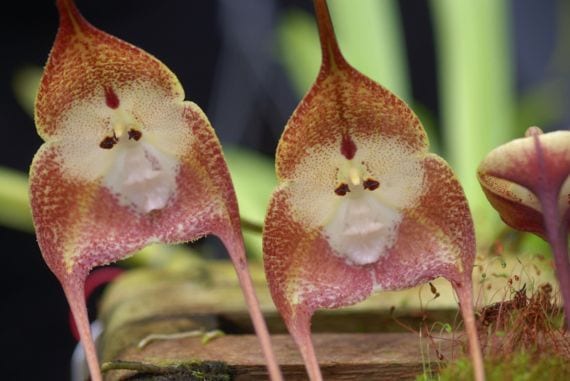
La Simian dracula, better known as Ape-faced orchidIt has its origin in the southeast of Ecuador, and lives at a maximum of two thousand meters above sea level, in the mountains. The most curious thing about this species is that when it is cold, to attract its pollinators, in addition to using its aesthetic beauty (as if it were necessary to impress them more), it is perfumed with a smell very similar to that of ripe oranges.
Orchid bee shaped
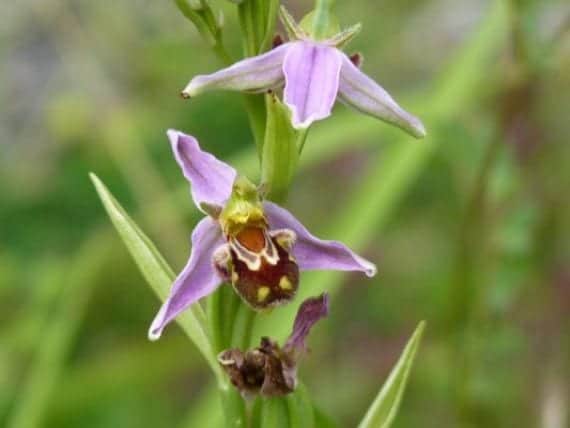
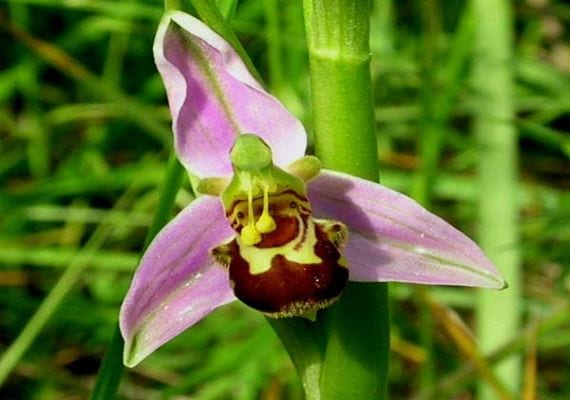
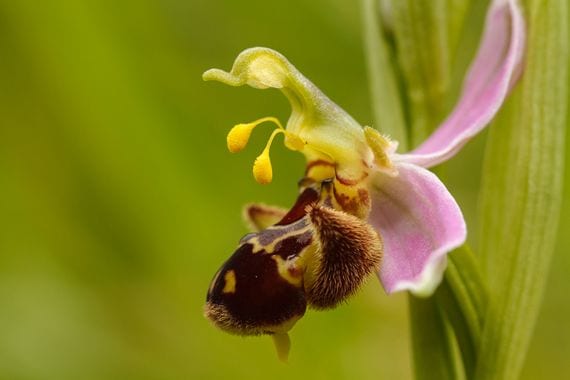
This amazing orchid is called - can you guess? -, the Bee orchid, whose scientific name is ophrys apifera, native to England, Ireland and Wales. It has evolved to resemble a female bee pollinating a pink flower to attract attention of male bees. The poor male thinks he is a real female, and tries to mate with her. In the process, she covers herself with pollen from the orchid, and when she visits another, the will pollinate.
Bird head orchid
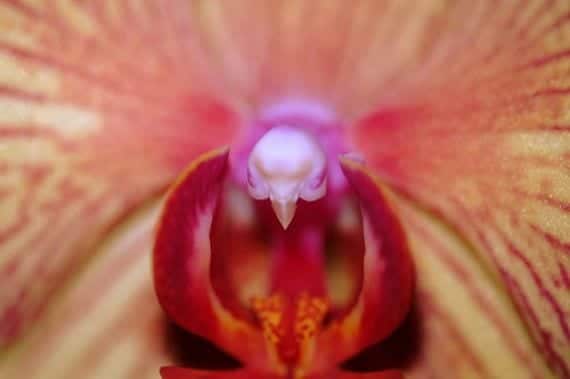
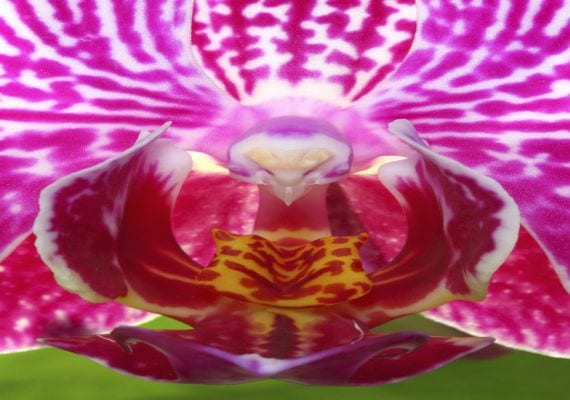
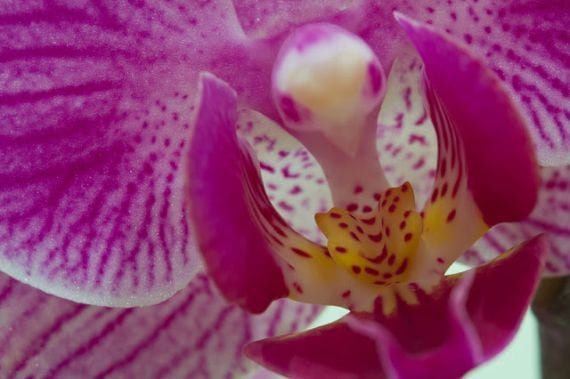
The most popular orchid in the world, the Phalaenopsis, has an absolutely beautiful flower, incredible, for the sole reason that it seems to have the head of a small bird saving the nectar. It is so well formed, it almost looks like a little bird fell into the flower and got stuck there. It is not known why it has that shape, but ... thank goodness it does! She is beautiful.
Egret-shaped orchid
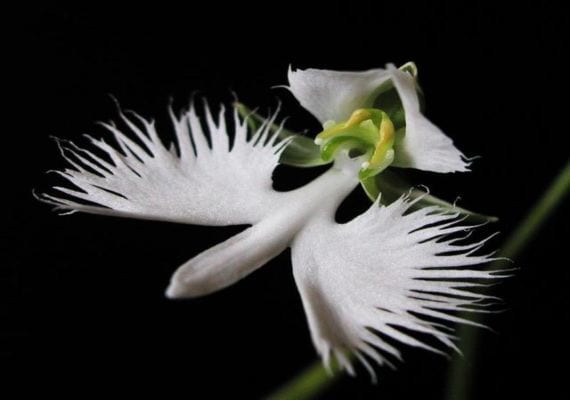
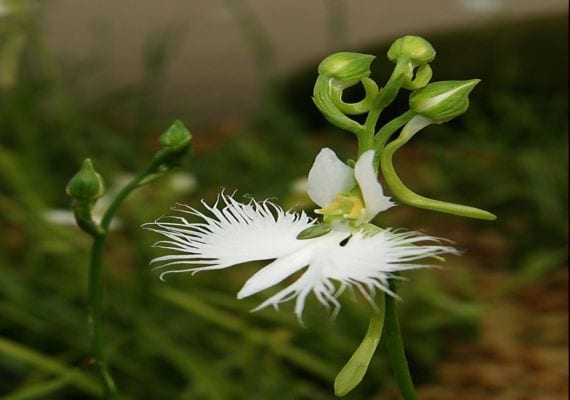
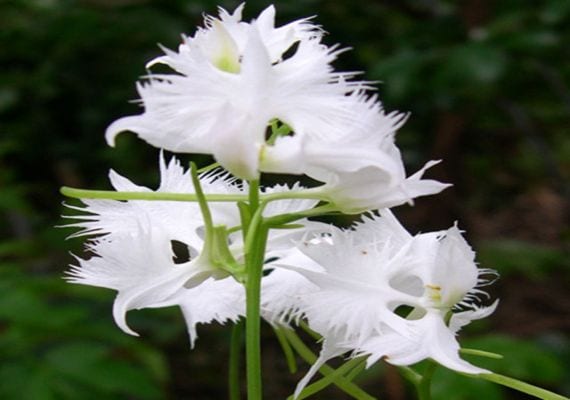
This elegant plant is called White Egret Ochid, whose scientific name is Radiate Habenariaas it looks like ... a white egret! The flower looks as if the bird was spreading its fluffy white feathers, almost about to take off. See how similar they are:
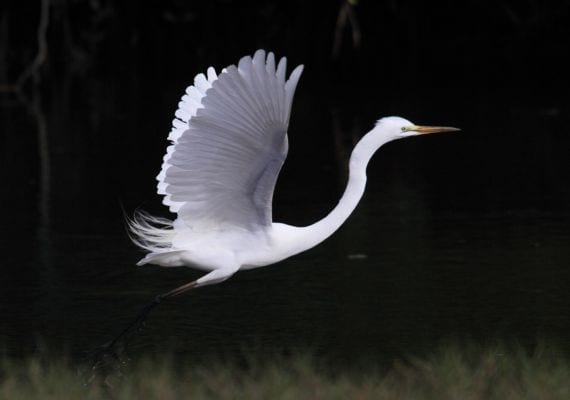
Dove-shaped orchid
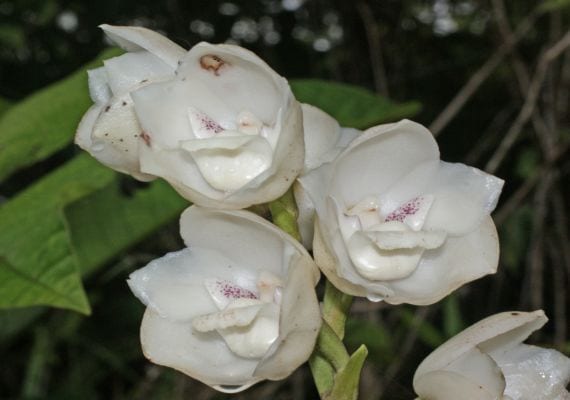
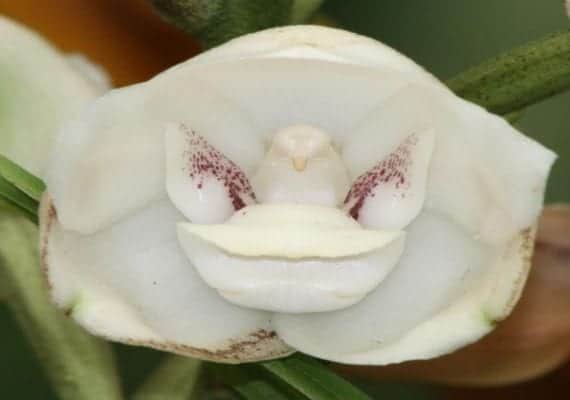
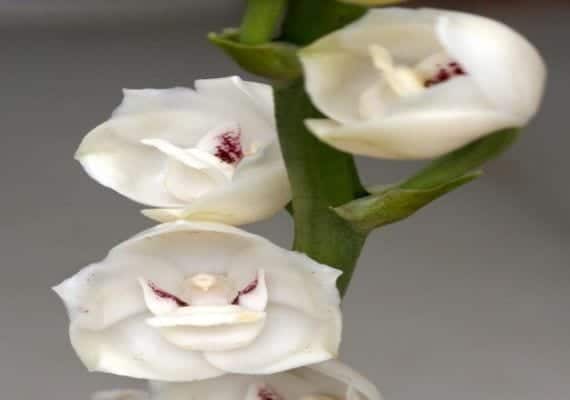
Like the Phalaenopsis, dove-shaped orchid, whose scientific name is Peristeria elata, has also taken the form of an animal. But, in this case, it is not just the shape of a bird's head, but ... Of a whole bird! A pigeon, to be exact. He seems to have a calm look, don't you think?
Flying Duck Orchid
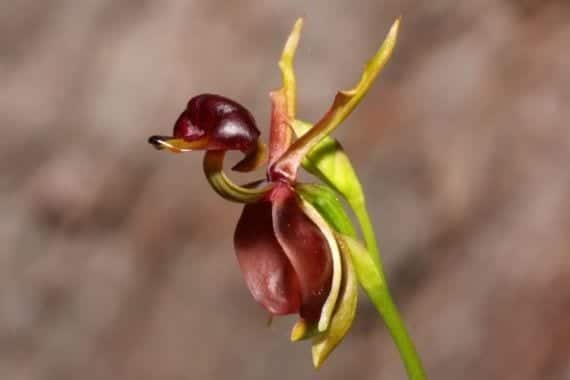
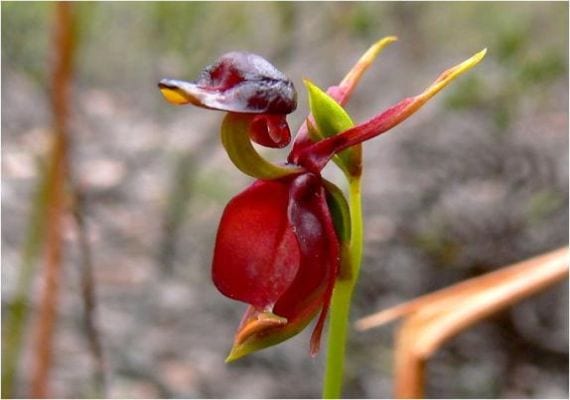

Last but not least we have the Duck-shaped orchid, whose scientific name is caleana major. It is approximately 50cm tall, and grows in eastern and southern Australia. It is perhaps the most remarkable design - it looks a lot like a male duck in flight! -. Nature always holds amazing surprises for us.
What is your favorite animal-shaped orchid?
Image - Debate Cuba, Serge Solano, TurkCyprus, AsturNatura, Shannon, Environment, Orchidsonline, Irasshaimas, Shikoku garden, William IP, Jardiland, Botanical Garden, Smithsonian Tropical Research Institute,Orchid Board, Remove Daussies, bournda
More information - Reproduction of orchids
Source – The Featured Creature
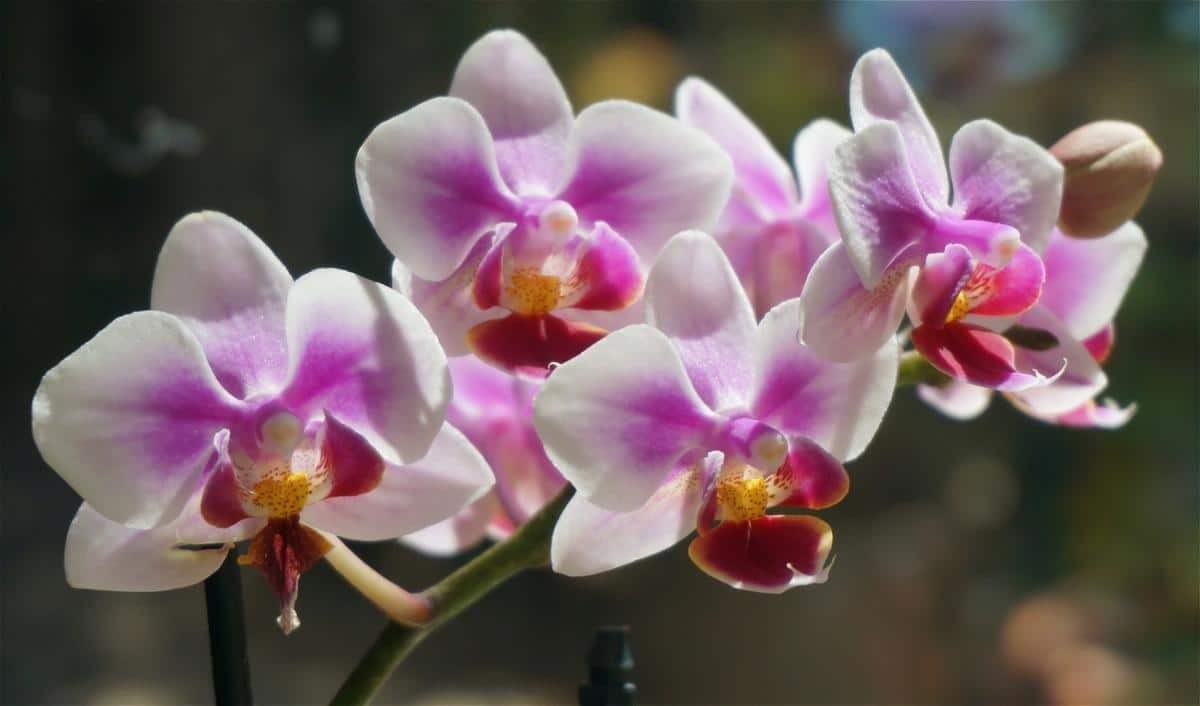
I would like to receive information about any type of plant, especially orchids and thank you very much
It is very beneficial for people that you publish information about the care of plants
Hola!
Reading the information about orchids was very helpful for me. I love them… I have 7 varieties and I really think it was a coincidence to see them bloom.
From now on, I will take your advice into account. Thanks!!!
We are glad that it has been useful to you 🙂